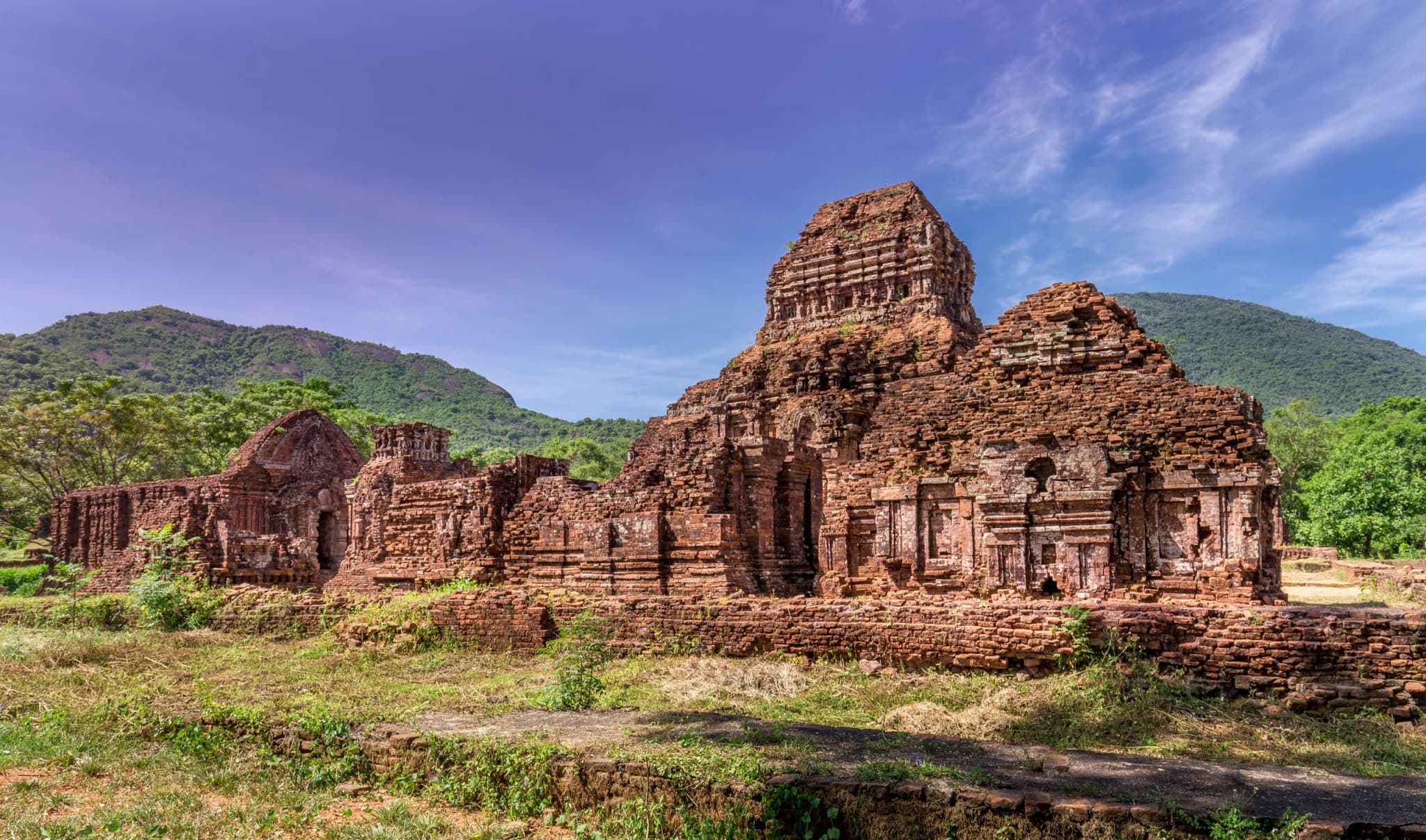Hidden Pathways Of Vietnam’s My Son Temple Ruins

Have you ever wondered about the ancient wonders hidden in Vietnam? My Son Temple Ruins offer a glimpse into the past with their stunning architecture and rich history. Nestled in a lush valley, these ruins date back to the 4th century and were once a hub for religious ceremonies. Walking through the site, you can almost hear the echoes of ancient prayers and feel the presence of the Cham civilization. Whether you're a history buff or just love exploring new places, My Son Temple Ruins provide a unique experience that will leave you in awe. Ready to step back in time?
Ancient Marvels of My Son Temple Ruins
Nestled in the lush greenery of central Vietnam, My Son Temple Ruins offer a glimpse into the past. This UNESCO World Heritage site, once a religious center for the Champa Kingdom, now stands as a testament to ancient architecture and culture. Let's explore some hidden pathways and marvels within these ruins.
Hidden Pathways
Wandering through My Son, you'll find numerous hidden pathways that lead to fascinating spots. Each path reveals a unique aspect of the temple complex, making it a treasure hunt for history enthusiasts.
Pathway to Tower Group B: This path takes you to one of the oldest groups of towers in My Son. Group B showcases intricate carvings and ancient inscriptions that tell stories of the Champa civilization.
Trail to Tower Group C: A short walk from Group B, this trail leads to Group C, known for its impressive bas-reliefs. These carvings depict scenes from Hindu mythology, offering a peek into the spiritual life of the Champa people.
Route to Tower Group D: This lesser-known path guides you to Group D, where you can find well-preserved towers. The architecture here reflects the influence of Indian culture on Champa art and design.
Architectural Wonders
The My Son Temple Ruins are not just about pathways; they are also about the stunning architecture that has stood the test of time. Each structure within the complex tells a story of craftsmanship and devotion.
Sanctuary of Group A: This sanctuary is the heart of My Son. It features a central tower surrounded by smaller structures, all adorned with intricate carvings. The sanctuary was used for important religious ceremonies.
Tower Group E: Known for its unique architectural style, Group E towers have a distinct look. The towers are built using a special technique where bricks are laid without mortar, showcasing the advanced engineering skills of the Champa people.
Group F Towers: These towers are smaller but equally fascinating. They are believed to have been used for storing sacred objects and texts. The carvings on these towers depict various deities and mythical creatures.
Natural Beauty Surrounding the Ruins
The natural beauty surrounding My Son Temple Ruins adds to the allure of this historical site. The lush greenery and serene environment make it a perfect spot for reflection and exploration.
Path to the Riverbank: A tranquil path leads to the riverbank, offering a peaceful retreat from the ruins. The river played a crucial role in the daily life of the Champa people, serving as a source of water and transportation.
Trail through the Forest: This trail winds through the dense forest surrounding My Son. The forest is home to various species of flora and fauna, making it a great spot for nature lovers.
Hilltop Viewpoint: A short hike up a nearby hill provides a panoramic view of the entire temple complex. This viewpoint is perfect for capturing the beauty of My Son and its surroundings.
Cultural Significance
The cultural significance of My Son Temple Ruins cannot be overstated. Each structure and pathway holds historical and spiritual importance, reflecting the rich heritage of the Champa Kingdom.
Path to the Museum: This path leads to a small museum near the entrance of My Son. The museum houses artifacts and exhibits that provide deeper insights into the history and culture of the Champa civilization.
Route to the Main Altar: The main altar, located in the central part of the complex, was used for major religious rituals. The route to the altar is lined with statues and carvings that depict various gods and goddesses.
Trail to the Outer Wall: This trail takes you to the outer wall of the temple complex. The wall, though partially ruined, still stands as a symbol of the strength and resilience of the Champa people.
Discovering the Hidden Pathways
My Son Temple Ruins offer a unique glimpse into Vietnam's ancient history. Walking through these ruins, you can almost feel the presence of the Cham civilization. The intricate carvings, the towering structures, and the lush surroundings create an atmosphere of mystery and wonder. Exploring these hidden pathways, you not only learn about the past but also connect with the culture and traditions that shaped this region.
Visiting My Son is more than just a trip; it's an adventure into a world that once thrived with life and spirituality. Whether you're a history buff or just someone who loves exploring new places, My Son Temple Ruins will leave you with unforgettable memories. So next time you're in Vietnam, make sure to take a detour to this incredible site. You won't regret it.

